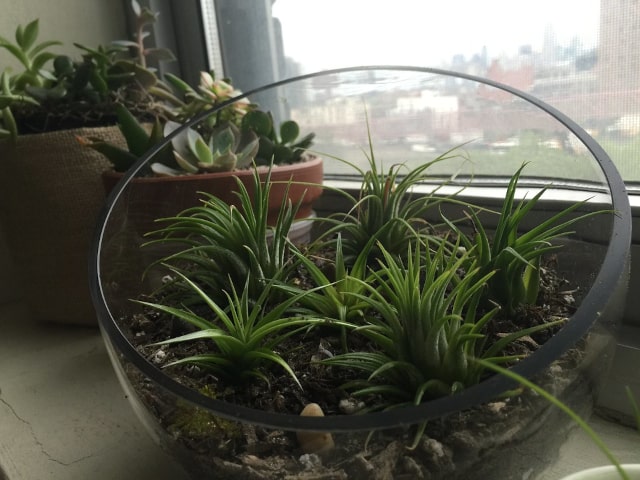
Terrariums are a popular choice in many homes. They have a long history, going back to the Ancient Greeks more than 2000 years ago. A relatively new way to use terrariums is invented by Nathaniel Ward in the 19th century. He was interested in botany and loved to grow his ferns in "miniature greenhouses" - enclosed insect jars. He realized that some plants were difficult to grow in the polluted London air but they thrived when placed in the enclosed insect jars. Ward even published a book in 1842 entitled "On The Growth of Plants in Closely Glazed Cases".
This is how miniature tabletop gardens (called tarrariums or "Wardian cases") were invented. Ward used special cases to grow plants, named after him. These Wardian cases can be purchased even today. Terrariums require minimal care and very little time to keep them alive.
Preparing a Container
Terrariums are an excellent way to start growing plants and they are ideal for beginners, even children. The containers can be of different sizes, depending on your needs, preferences and space available. Plants growing in terrariums require minimum care to thrive.
You may use almost any clear plastic or glass container to create a terrarium. This a great way to recycle your old mustard, pickles or hot sauce containers. You may also use larger containers if you want to make a slightly larger terrarium garden.
There are helpful tools you can use to build your terrarium, such as chop sticks or 1/4-inch dowels. You will also need household scissors, a wooden kitchen spoon, mist bottle or atomizer, tongs and a small funnel to add soil in tight places after your plants are put in place. You will also find useful some torn sheets of newspaper to wrap around plants that are placed inside narrow openings. This will prevent plants from being broken or torn when you place them into the soil.
One of the easiest ways to make a container is to use an empty drink bottle that has been cut open. Children can use a plastic pop bottle to make their terrarium. It's important to rinse your bottle to clean it. After cleansing, leave it to dry. Use a craft knife or a sharp pair of scissors to cut around the bottle (about 4 to 5 inches from the bottom).
After this, place some pebbles or small rocks on the bottom of the container. This will ensure proper drainage since it will effectively drain the excess water from the soil.
Prepare a piece of fiberglass window screen to fit the inside of the bottle and put it into place above the pebbles. In case you don't have a window screen you may also use aquarium charcoal as the next layer in your container. It will help you filter any runoff water.
The next layer is the soil or another growing medium, such as coir bricks or coconut husk softened in water. This layer has to be about two inches deep. After this, the container is ready for plants.
Choosing Plants to Terrarium
When you choose plants to put in your container, make sure to consider their water and light needs. It's best to place your terrarium in indirect light because direct, bright light will overheat the plants enclosed in the terrarium. Great choices are croton, button fern, Swedish ivy, succulents, herbs, aluminum plants, peperomia, polka dot plants, mother of thousands, begonia (some varieties), bromeliads and some types of moss.
Select an odd number of plants and make sure they will fit into the enclosed space of the bottle. Remember to leave some room for their growth. Instead of small plants you can also plant some leftover garden seeds.
Use the end of a small wooden kitchen spoon to make small holes in the soil to insert the plants. Gently but firmly, press the soil around the roots. Lightly mist with water after planting. You may use chunks of moss found in the outdoor shady areas to cover the soil.
After this, use the scissors to cut vertical slits along the bottom portion of the top of the bottle so you can push the top securely around the bottom section containing your plants.
You should place your terrarium in an area with medium sunlight and with steady temperatures. Mist the inside of the bottle every few weeks, if needed.
Tips for Growing Plants in Terrarium
- Alternatively, you may use premade kits available from various stores or online vendors.
- To make the best terrarium it's often great to sketch a drawing of how you want the finished product to look. This way, it will be easier for you to plan your terrarium.
- Some containers can remain open at the top, but they will require more watering than a closed container.
- You can add natural materials to your terrarium, such as sticks or twigs, bark, seedpods and rocks. They look great and will make your terrarium look better. You may also use small ceramic animals.
- If you want to plant cacti or succulents, it's always great to scatter some sand on the top of the growing medium.
Photo credit: Hamburger Helper
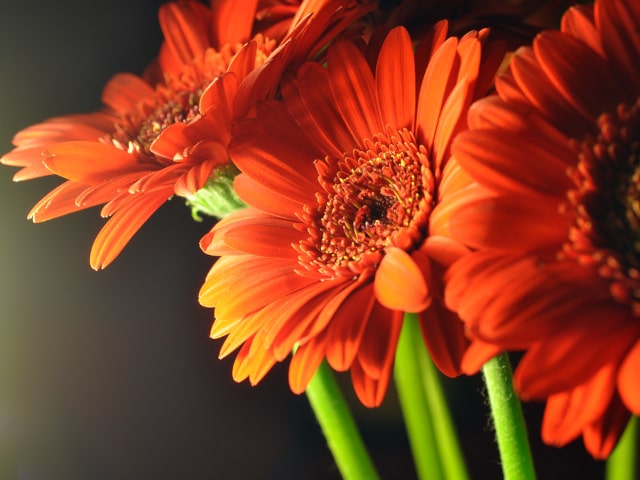
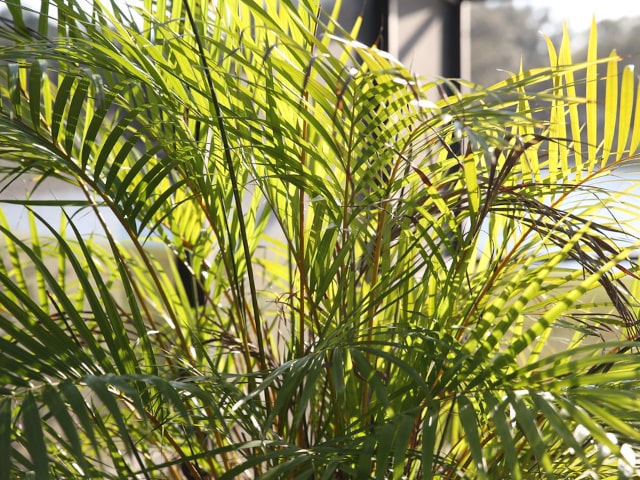
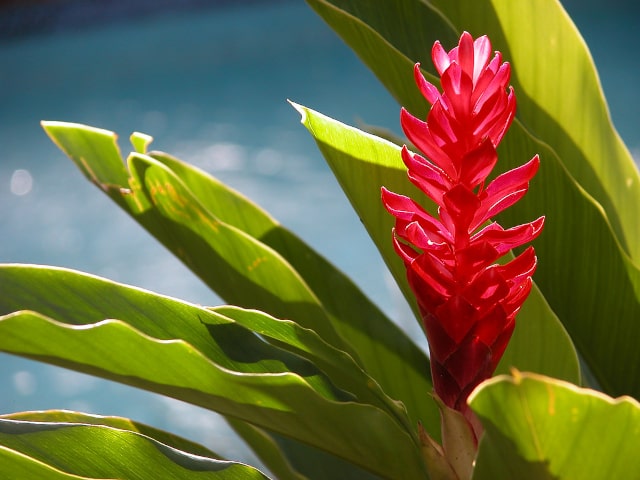
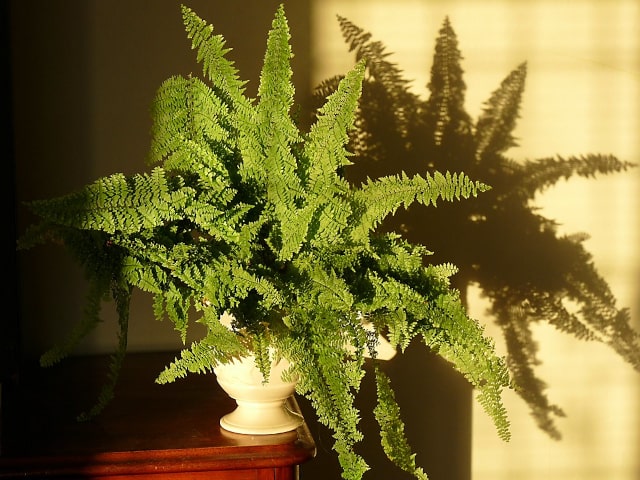
0 Comments